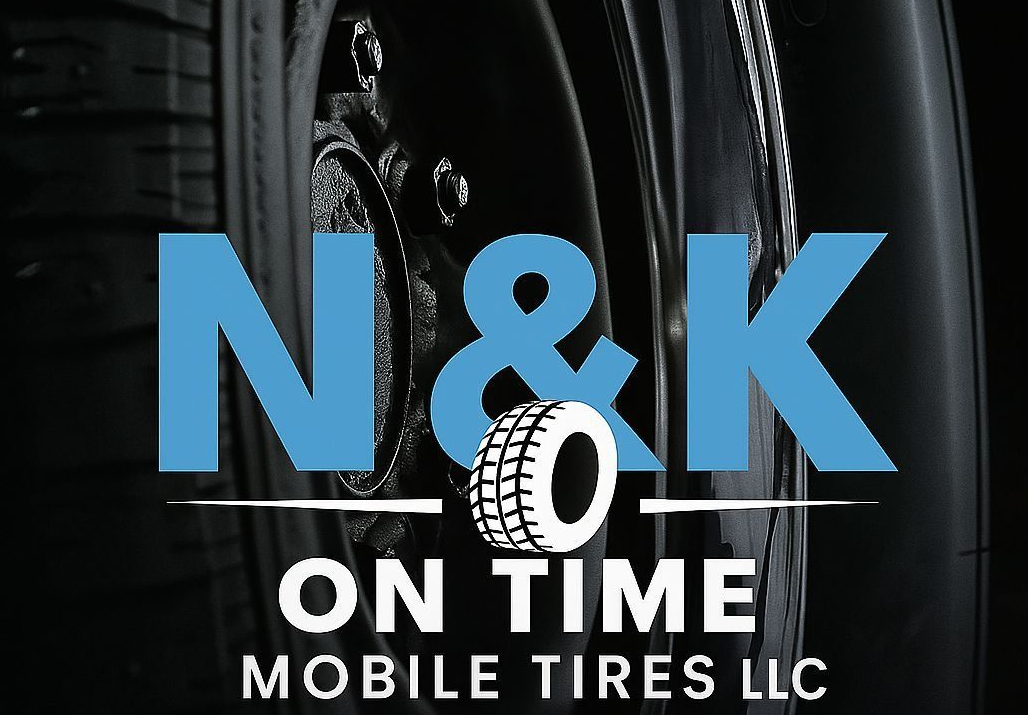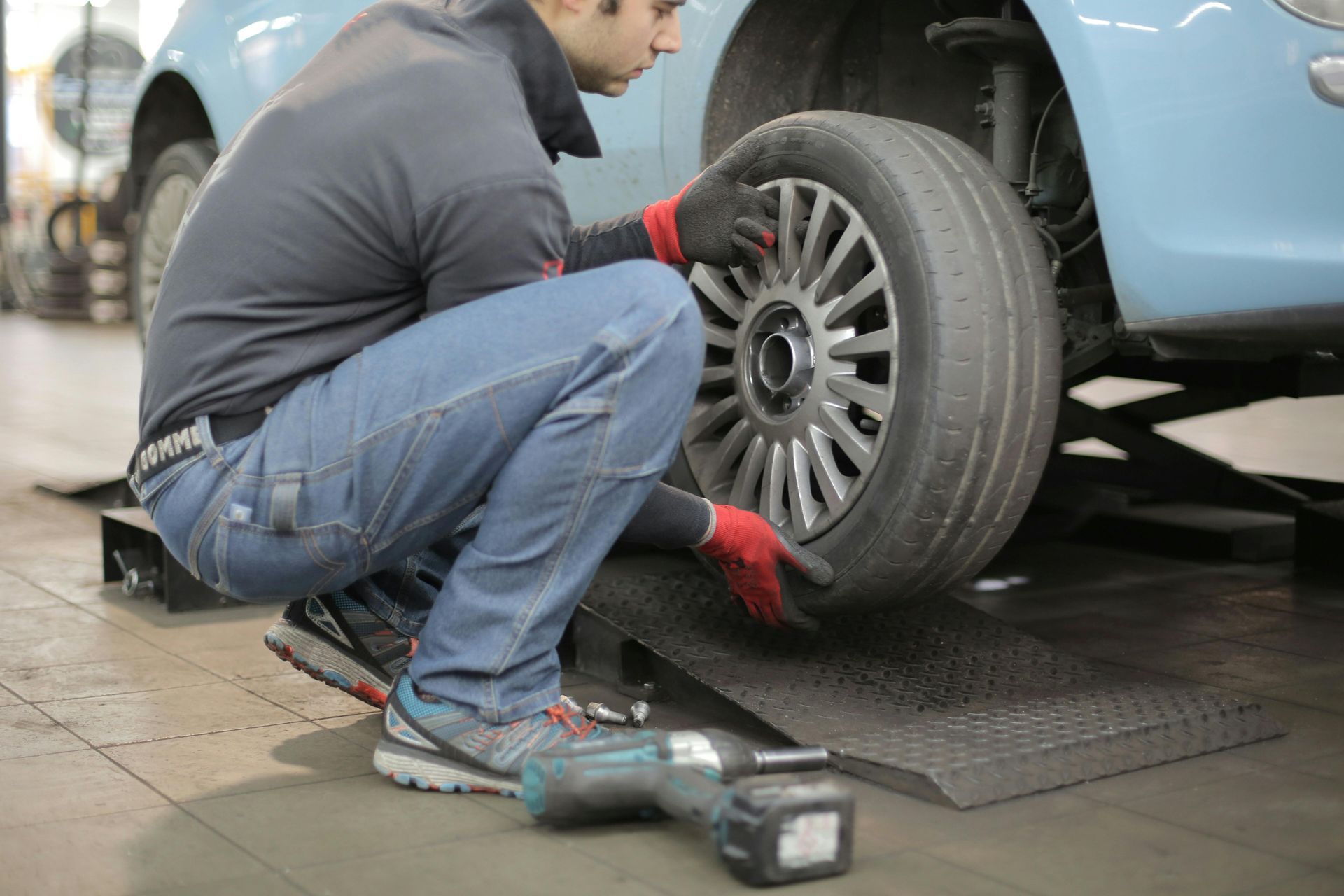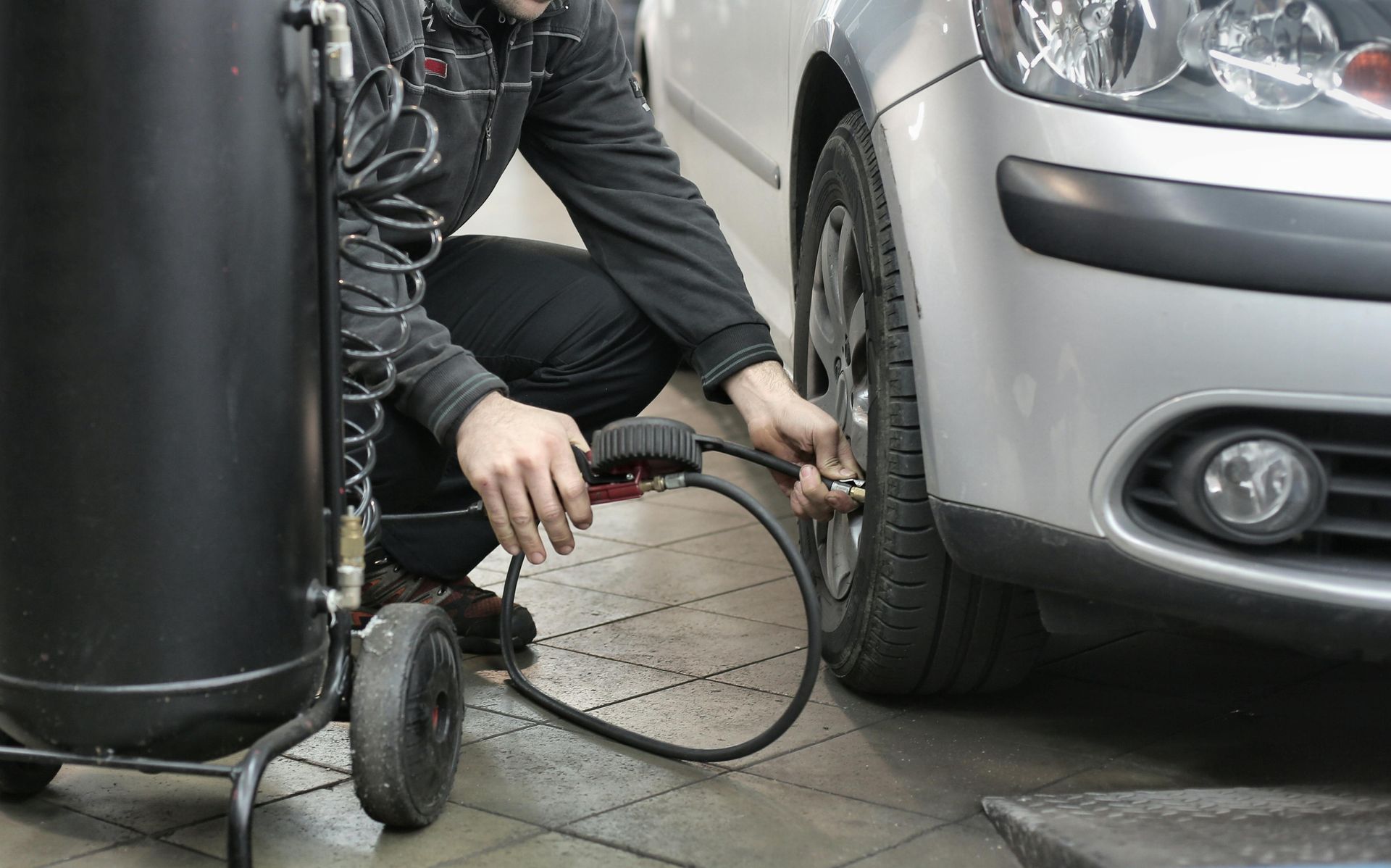5 Common Causes of Tire Blowouts and How to Avoid Them
A tire blowout can happen in an instant, yet its consequences can last a lifetime. Drivers often describe it as a sudden explosion followed by a loud flapping sound and a loss of control. Whether you’re cruising on the highway or driving through the Florida streets, a blowout tire can quickly turn a normal drive into a stressful and dangerous situation.
Knowing what causes tire blowout incidents and how to prevent them is essential for every driver. Most blowouts happen due to preventable issues such as poor maintenance, overloading, or underinflation. By understanding these risks, you can take simple steps that protect both you and your vehicle through regular tire repair and timely inspections.
If you ever face a flat or damaged tire on the road, having access to emergency roadside service can make all the difference. Professionals can handle the situation safely, replace your tire, and get you back on the road quickly.
In this guide, we’ll explore the five most common tire blowout causes, practical prevention tips, and the right actions to take if you experience a tire blowout while driving.
Key Takeaways
- Tire blowouts are often caused by underinflation, overloading, worn tires, or heat buildup.
- Regular tire checks can prevent most blowout-related emergencies.
- Always follow your vehicle’s recommended tire pressure and load limits.
- Be alert to road hazards such as potholes, debris, and uneven terrain.
- If you have a tire blowout, keep calm, steer straight, and slow down gradually.
1. Underinflation: The Hidden Enemy of Tire Safety
One of the leading tire blowout causes is underinflation. When a tire doesn’t have enough air pressure, more of its surface comes into contact with the road, creating excessive friction and heat. Over time, this weakens the sidewalls and internal structure of the tire, increasing the likelihood of a rupture.
Many drivers overlook this problem because underinflated tires can appear normal at a glance. However, even a few PSI below the manufacturer’s recommended pressure can make a big difference. The extra flexing of the rubber generates heat, which is one of the main contributors to tire blowouts during hot summer months.
Prevention Tip:
Check your tire pressure at least once a month and before long road trips. Always measure pressure when the tires are cold (before driving), and compare the readings with the manufacturer’s specifications located in your owner’s manual or the driver-side door frame. Maintaining the right pressure not only reduces the chance of a
blowout tire but also improves fuel economy and tire lifespan.
2. Overloading: Too Much Weight, Too Much Risk
Another major cause of tire failure is overloading. Every vehicle has a maximum load rating known as the Gross Vehicle Weight Rating (GVWR). Exceeding this weight limit forces your tires to carry more stress than they’re designed for. The result? Excessive heat buildup, faster wear, and a much higher risk of a blowout, especially when driving long distances or in high temperatures.
Overloading doesn’t just strain your tires; it also affects your brakes, suspension, and overall handling. It can make your vehicle less stable and more difficult to control in an emergency.
Prevention Tip:
Before heading out with heavy cargo or a full car of passengers, check the GVWR in your owner’s manual. Keep in mind that this number includes the total weight of the vehicle, passengers, and cargo combined. If you often carry heavy loads, invest in high-performance or reinforced tires designed for extra durability.
3. Road Hazards and Debris: The Unexpected Threats
Even the best-maintained tires can fall victim to road hazards. Potholes, nails, glass, and sharp metal debris can puncture or slice through your tire’s rubber. Sometimes, the damage isn’t immediately noticeable: it starts small, but as you continue to drive, the weakened area expands and eventually bursts.
This problem is particularly common on highways, where debris can appear suddenly and at high speeds, leaving little time to react.
Prevention Tip:
Stay alert and scan the road ahead for debris or rough patches. Avoid driving too close to other vehicles, as they can obscure your view or kick up sharp objects. If you hit a pothole or debris, pull over when safe and inspect your tires for cuts or bulges. When in doubt, contact a professional service that offers
on-site tire change in your local area. They can replace or repair the tire before it becomes a safety hazard.
4. Worn or Aged Tires: When Time Takes Its Toll
No tire lasts forever. Even if you don’t drive often, the rubber compounds in your tires degrade over time. Exposure to sunlight, moisture, and heat causes the rubber to harden and crack. Once this happens, the tire loses its elasticity and is more likely to fail under pressure.
Tread wear is another major factor. The tread provides grip and helps dissipate heat. When the tread becomes shallow or uneven, the tire can overheat quickly, increasing the risk of tire blowouts at high speeds.
Prevention Tip:
Regularly check your tread depth using a penny. Insert the coin into the tread groove with Lincoln’s head upside down—if you can see the top of his head, it’s time to replace the tire. Also, inspect for cracks, bulges, or exposed cords. Most manufacturers recommend replacing tires every six years, regardless of mileage.
5. High-Speed Driving and Heat: A Dangerous Combination
Driving at high speeds for extended periods generates significant heat inside the tires. Combined with warm weather or heavy loads, this can push your tires beyond their safe operating limits. Excessive heat weakens the internal structure, leading to sudden failure.
Many highway blowouts occur during long summer trips when the pavement is hot, and drivers are traveling at high speeds for hours. The continuous rotation and pressure increase friction, which can cause a blowout without warning.
Prevention Tip:
Limit your speed and avoid sudden acceleration or hard braking. During hot weather, take breaks to let your tires cool, especially on long drives. Always ensure your tires are properly inflated and never exceed the recommended load capacity.
How to Prevent Tire Blowouts Year-Round
While the causes above explain why blowouts happen, consistent care and maintenance can drastically reduce your risk. Here’s how to protect your tires throughout the year:
Spring and Summer
- Check tire pressure frequently as rising temperatures increase air pressure.
- Avoid driving over hot asphalt for long periods.
- Inspect for cracking or dry rot caused by heat exposure.
Fall and Winter
- Monitor tire pressure more often—cold weather can reduce it quickly.
- Rotate your tires every
5,000–7,000 miles to ensure even wear.
- Remove debris or small stones stuck in the treads after winter driving.
All Seasons
- Keep an emergency tire repair kit or air compressor in your trunk.
- Schedule professional tire inspections twice a year.
- Replace any tire showing signs of damage or uneven wear.
Regular maintenance is the best defense against unexpected tire blowouts and roadside emergencies.
Common Causes and Prevention Tips
| Tire Blowout Causes | How to Avoid Them |
|---|---|
| Underinflation | Check tire pressure monthly and maintain proper levels. |
| Overloading | Stay within your vehicle’s GVWR and avoid excess weight. |
| Road debris | Avoid potholes and inspect tires after hitting debris. |
| Worn tires | Replace old or bald tires before long trips. |
| High speeds and heat | Drive at moderate speeds, especially in hot weather. |
What To Do If You Have a Tire Blowout
Even with precautions, a blowout can still occur. Knowing how to react can save your life.
- Stay Calm: Don’t panic. Avoid slamming the brakes as it can cause your vehicle to spin or lose control.
- Grip the Wheel Firmly: Keep both hands on the steering wheel and maintain control of your direction.
- Ease Off the Gas: Gradually lift your foot from the accelerator to slow down naturally.
- Stay Straight: Try to keep your car moving in a straight line as it slows.
- Pull Over Safely: Once your speed is under control, gently steer to the shoulder or a safe location.
- Turn On Hazard Lights: Alert other drivers of your situation.
- Inspect the Damage: If it’s safe, check your tires. Otherwise, wait for professional help.
If you’re stranded and in need of on-site tire change in Coral Springs and other South Florida locations, contact professionals who can assist you quickly and safely, helping you avoid further risk or vehicle damage.
Professional Help and Maintenance Tips
Many drivers attempt to fix flat or blown tires themselves, but this can be risky on highways or narrow roads. Professional tire technicians have the tools and experience to handle the job safely and efficiently.
In areas where daily commutes and long drives are common, services offering on-site tire change can save both time and stress. Instead of waiting hours for a tow, a mobile technician can replace or repair your tire on the spot.
Maintenance Best Practices:
- Schedule a tire alignment every 12,000 miles or if you notice uneven wear.
- Rotate your tires regularly to extend their lifespan.
- Replace all four tires at once for balanced handling.
- Store seasonal tires in a cool, dry place to prevent cracking.
Taking these steps helps you avoid preventable tire blowout causes and ensures a smoother, safer ride.
Frequently Asked Questions
What causes tire blowout?
Tire blowouts are typically caused by underinflation, overloading, or hitting road debris. Heat buildup and worn tires can also contribute to blowouts.
If you have a tire blowout, what should you do?
Stay calm and keep control of your vehicle. Gradually slow down, steer straight, and pull over to a safe area.
How can I tell if my tires are at risk of blowing out?
Look for bulges, cracks, or uneven wear on your tires. Regular inspections can help catch potential problems early.
Can old tires cause blowouts?
Yes, as tires age, the rubber weakens and cracks, making them more likely to fail. It's best to replace tires every six years or sooner if wear is visible.
How can I avoid a tire blowout?
Maintain proper tire pressure, avoid overloading, and inspect your tires regularly. Also, drive cautiously on hot days and rough roads.
Final Thoughts
A tire blowout may happen in a split second, but preparation can make all the difference. Most tire blowout causes are preventable through regular maintenance, awareness, and responsible driving habits. By staying proactive, you reduce your risk and protect everyone sharing the road.
Remember to check your tires frequently, avoid carrying excess weight, and drive carefully in hot or hazardous conditions. Prevention costs far less than repairs or medical bills resulting from an accident.
If you ever experience a blowout tire and need help fast, contact our tire experts for reliable roadside assistance.
Reference:
https://www.bridgestoneamericas.com/en/company/safety/maintaining-tires/tire-rotation#:~:text=Even%20if%20your%20car%20is,dealer%20or%20automotive%20service%20center.



